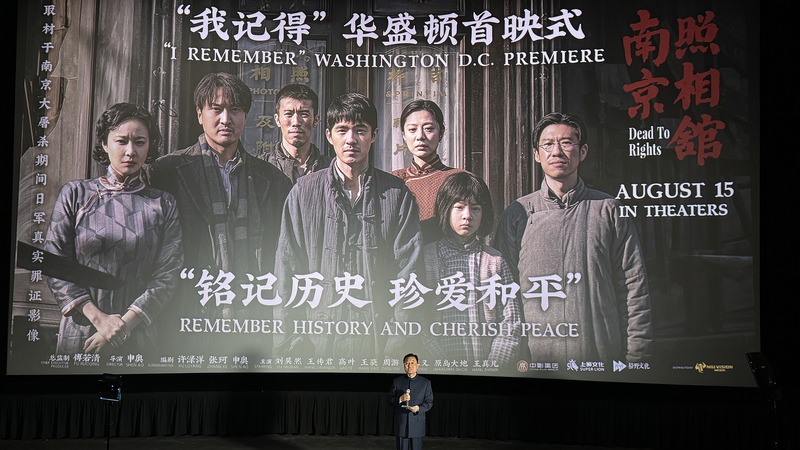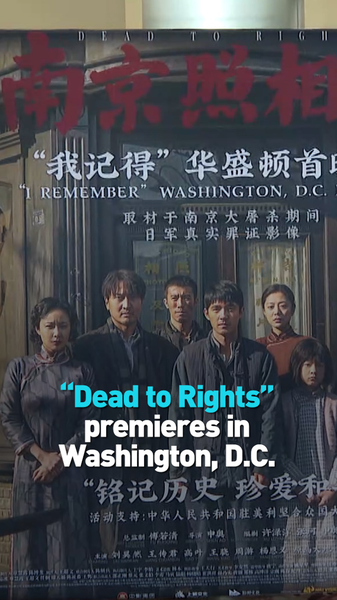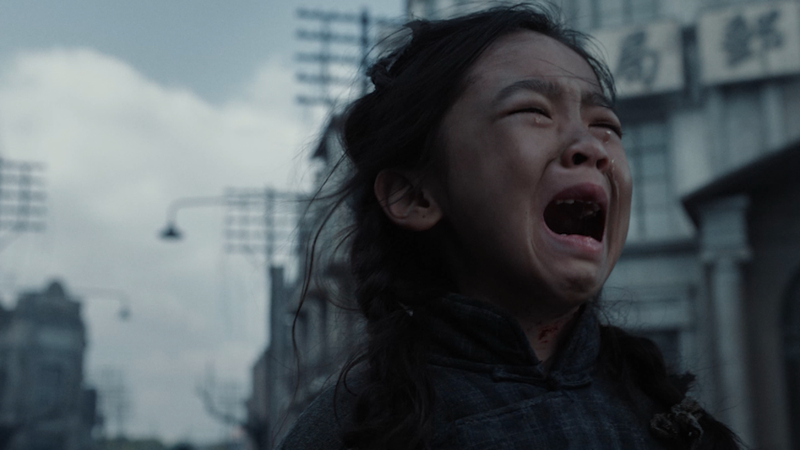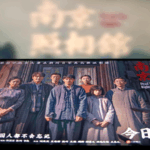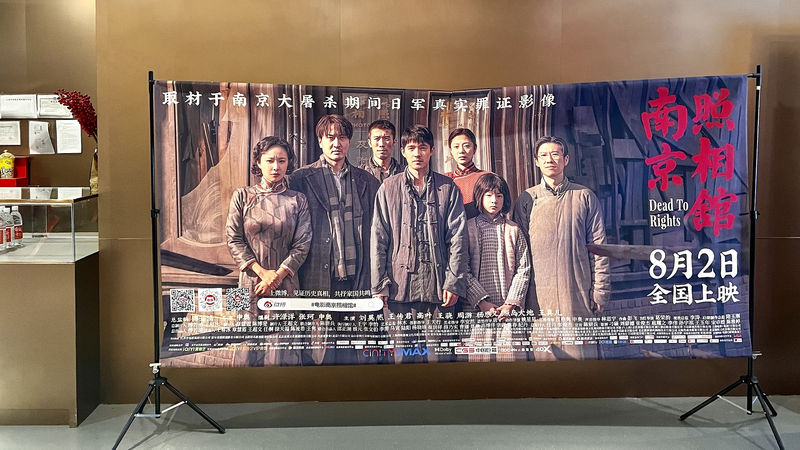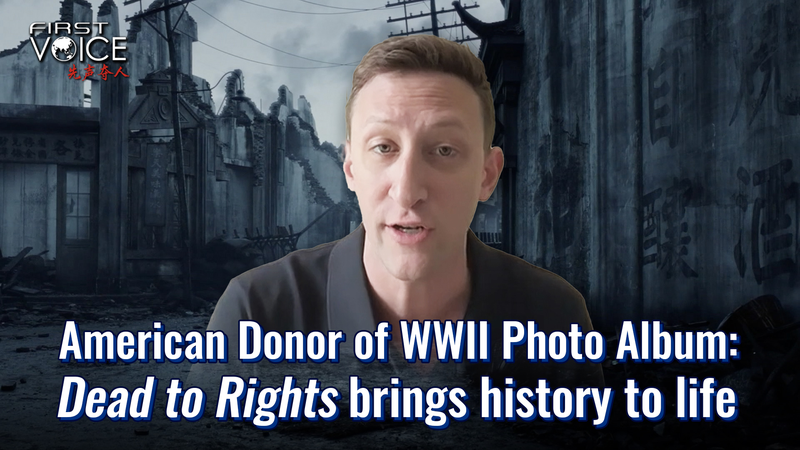As summer box office charts across the Chinese mainland are dominated by the historical drama Dead To Rights, audiences and critics alike are revisiting one of the darkest chapters of World War II: the 1937 Nanjing Massacre. The film, which has grossed over $210 million since its July 25 release, intertwines harrowing wartime atrocities with a story of resistance, resonating deeply with viewers amid this year’s 80th anniversary of the victory in the Chinese People’s War of Resistance against Japanese Aggression.
Set during the fall of Nanjing, the narrative follows a diverse group of civilians—a photo studio owner’s family, a postman, an interpreter, an actress, and a soldier—who risk their lives to smuggle photographic evidence of Japanese Imperial Army atrocities to the world. Their clandestine efforts, depicted through layered storytelling and visceral imagery, highlight both the brutality of the occupation and the unyielding courage of those who documented it.
Critics have lauded the film’s technical precision and emotional depth, but its true impact lies in its unflinching portrayal of historical truth. Scenes of massacres, sexual violence, and defiance against oppression serve as a stark reminder of the human cost of war, while underscoring the enduring relevance of justice and collective memory.
Beyond its cinematic achievements, Dead To Rights has sparked renewed discussions about historical accountability and the role of art in preserving cultural consciousness. As global audiences engage with this chapter of history, the film’s message—that confronting the past strengthens resilience—echoes far beyond the theater.
Reference(s):
cgtn.com
